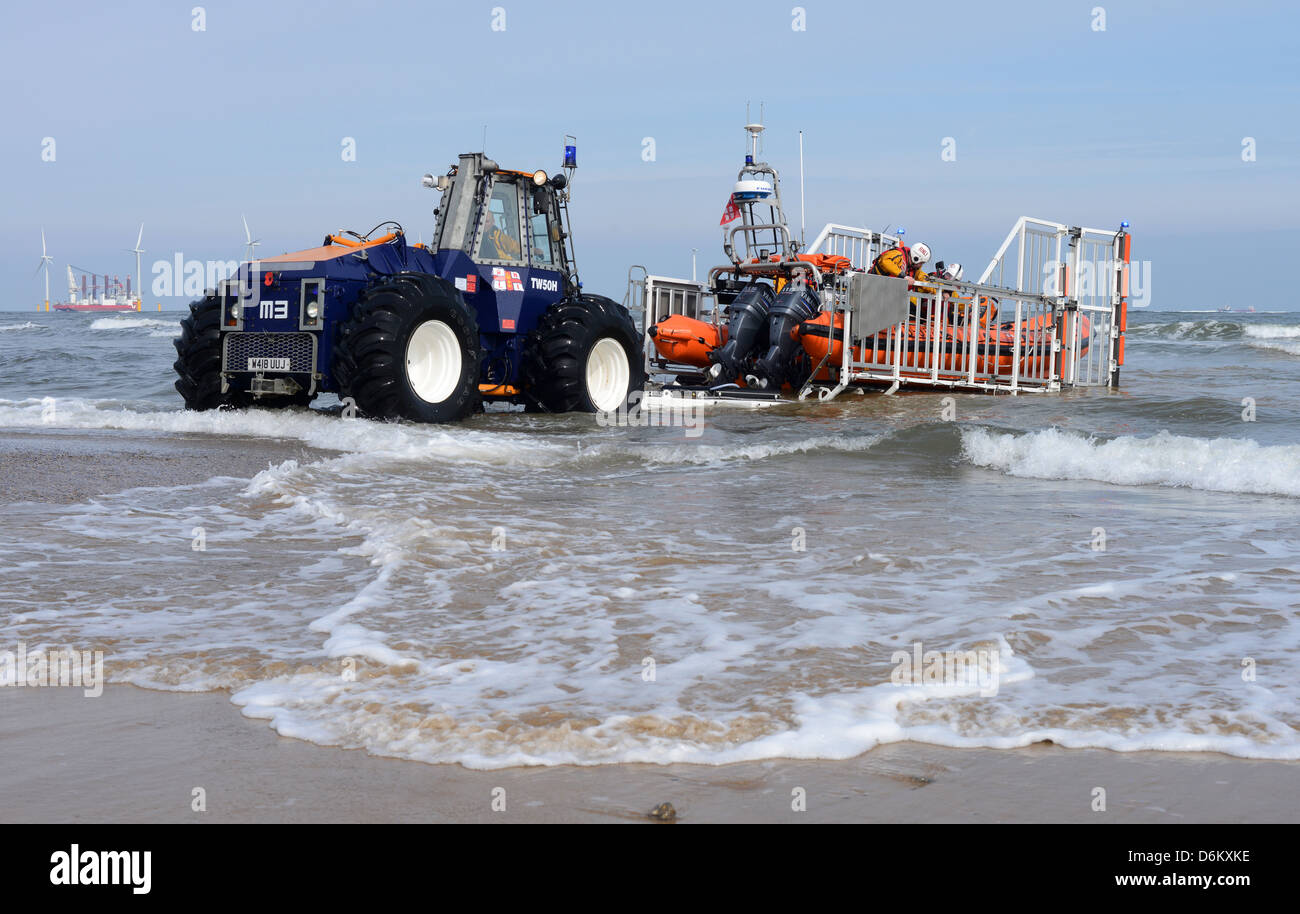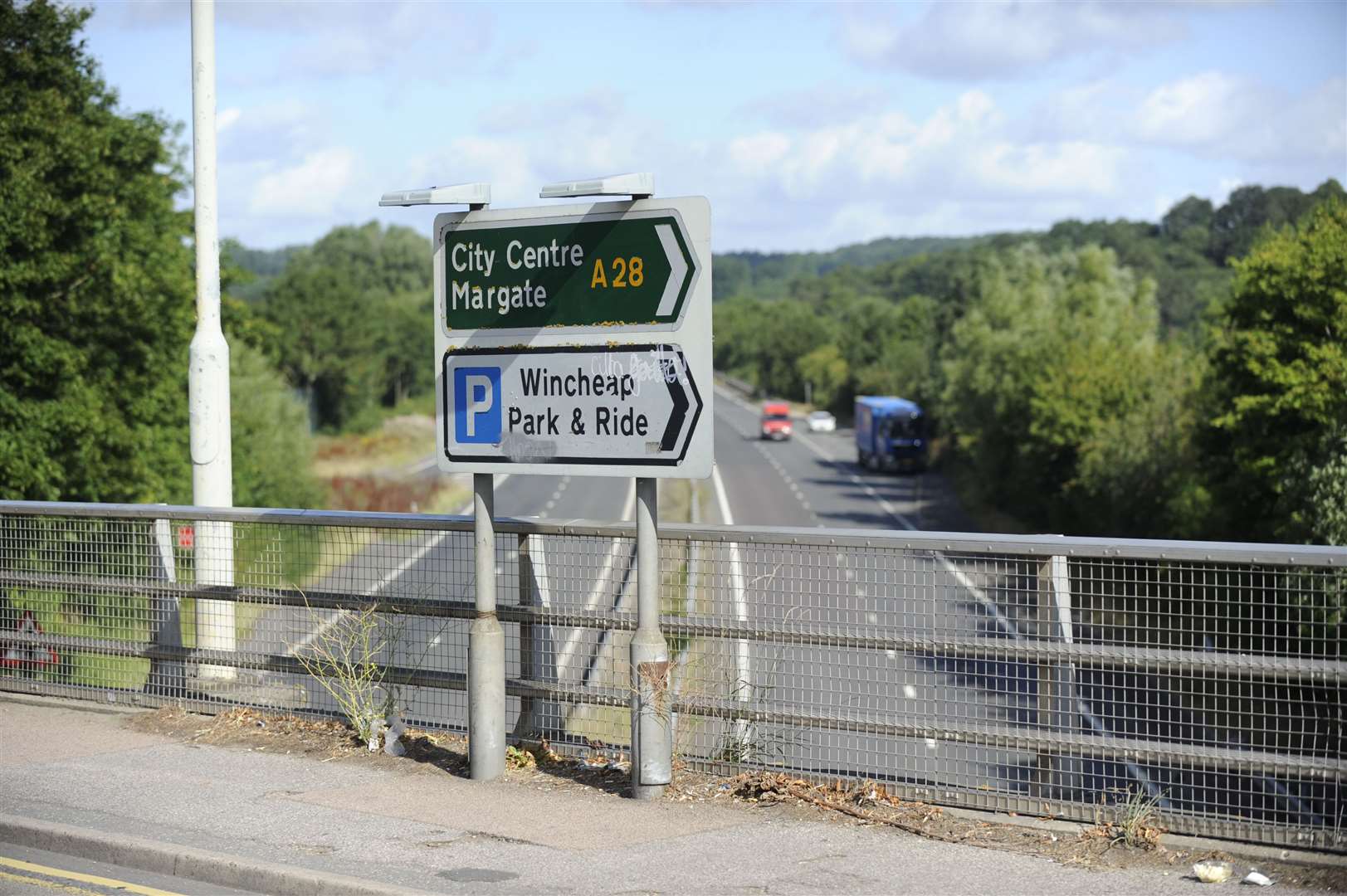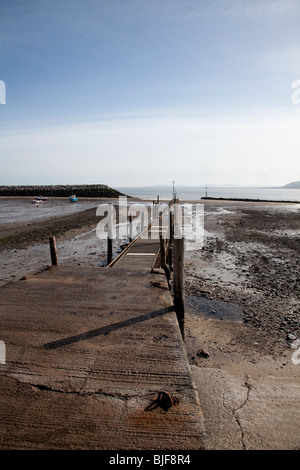

The boathouse significantly damaged following a severe two-day storm which hit the North Kent coast on 16–17 October 1967. In 1966 the station began to operate an inshore inflatable lifeboat D class with the designation D-99. Records show that during that period, the station's crew had rescued more than 1,800 people. On the Margate Station celebrated its centenary under the control of the RNLI. The boathouse sustained damage following a severe storm in 1953, requiring the complete replacement of the floor. 11) (ON 888), a 46 ft 9in Watson-class motor lifeboat. On the station took delivery of a new all-weather lifeboat called North Foreland (Civil Service No. The Lord Southborough was retired from the station in 1951. Following Dunkirk, the Margate Station found itself one of the busiest lifeboat stations during the Battle of Britain, along with the nearby Ramsgate station.

Coxswain Edward Parker was awarded a Distinguished Service Medal for his work in taking the Lord Southborough to the beaches during the Dunkirk evacuation. The Second World War saw the station fall under the control of the Royal Navy, although day-to-day running was still carried out by the branch personnel. The demolition of the western slipway completed across several months in 1928. 1 Station was closed and the Eliza Harriet was retired after 30 years service. This episode turned out to be the first service the new lifeboat performed when she rescued the boat's two crewmen. Prior to her arrival at Margate, she was involved in a collision at Gravesend with a shrimping boat which ultimately sank. The new lifeboat, the Lord Southborough (ON 688), arrived from London where she had been on exhibition at the British Empire Exhibition at Wembley. The boathouse was 61 ft long and 22 feet wide and was fitted with a petrol-driven winch and dynamo to provide lighting.

īy 21 March 1925, construction of a new boathouse and slipway to accommodate a new Watson-class motor lifeboat was completed. That same day, two new lifeboats were handed over to the station and were christened Civil Service No.1 (ON 415) and Eliza Harriet (ON 411). The slipways, designated Stations 1 and 2, were declared open by politician James Lowther on. Subsequent disagreements between the RNLI, the local lifeboat committee and the Margate Pier and Harbour Company further delayed the completion. A storm damaged the slipways during construction, revealing shortfalls in the design which necessitated revisions to the height of the slipway decks. On 9 December 1896, it was suggested that the lifeboat should be moved to Margate Jetty, where two slipways would be built to provide an operating capacity of two lifeboats, at an estimated cost of £3,045. Among them was that on several occasions the horses used to launch the boat had refused to face the water thus causing delayed launches. In the following year it became apparent that the launch system and location of the station on the stone pier had a few shortfalls.

The new lifeboat was called Quiver No.1 after The Quiver magazine, a periodical of the time which had provided donations toward the cost of a new boat. The new lifeboat and launch carriage was delivered on 4 August 1866, and was launched from the new station on 7 August where a public demonstration took place. The reworked boathouse was opened on 31 August that year. The RNLI inspector instead suggested that the existing boathouse be refitted to suit the RNLI's needs. On 3 January 1861 the Margate committee proposed a design for a new boathouse to be located on land leased from the South Eastern and Chatham Railway company. In 1860, the RNLI took responsibility for the lifeboat and its station. The first lifeboat station in Margate was served by a lifeboat called Angela and Hannah which had been given to the town in 1857 by Baroness Angela Burdett-Coutts.


 0 kommentar(er)
0 kommentar(er)
